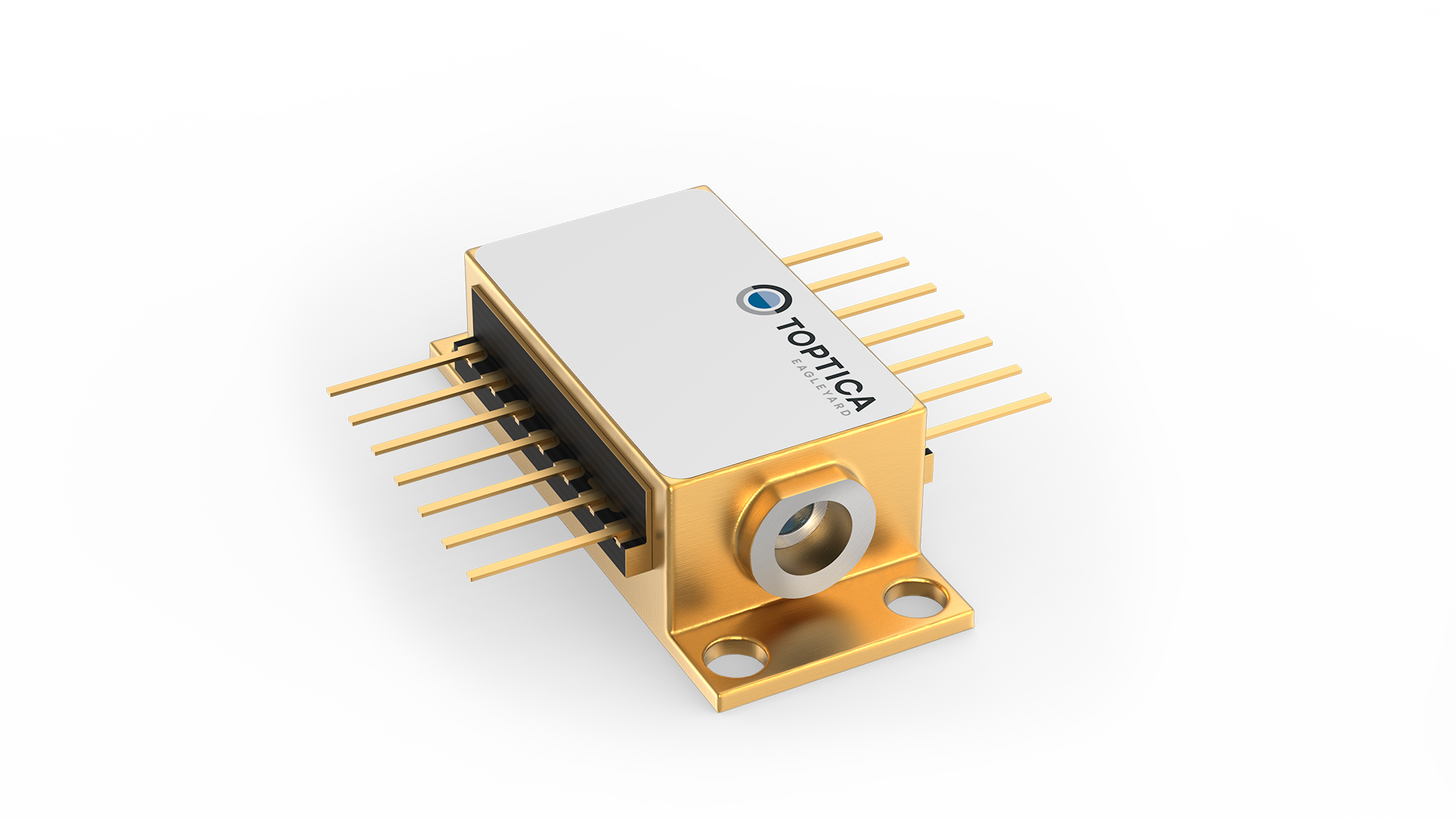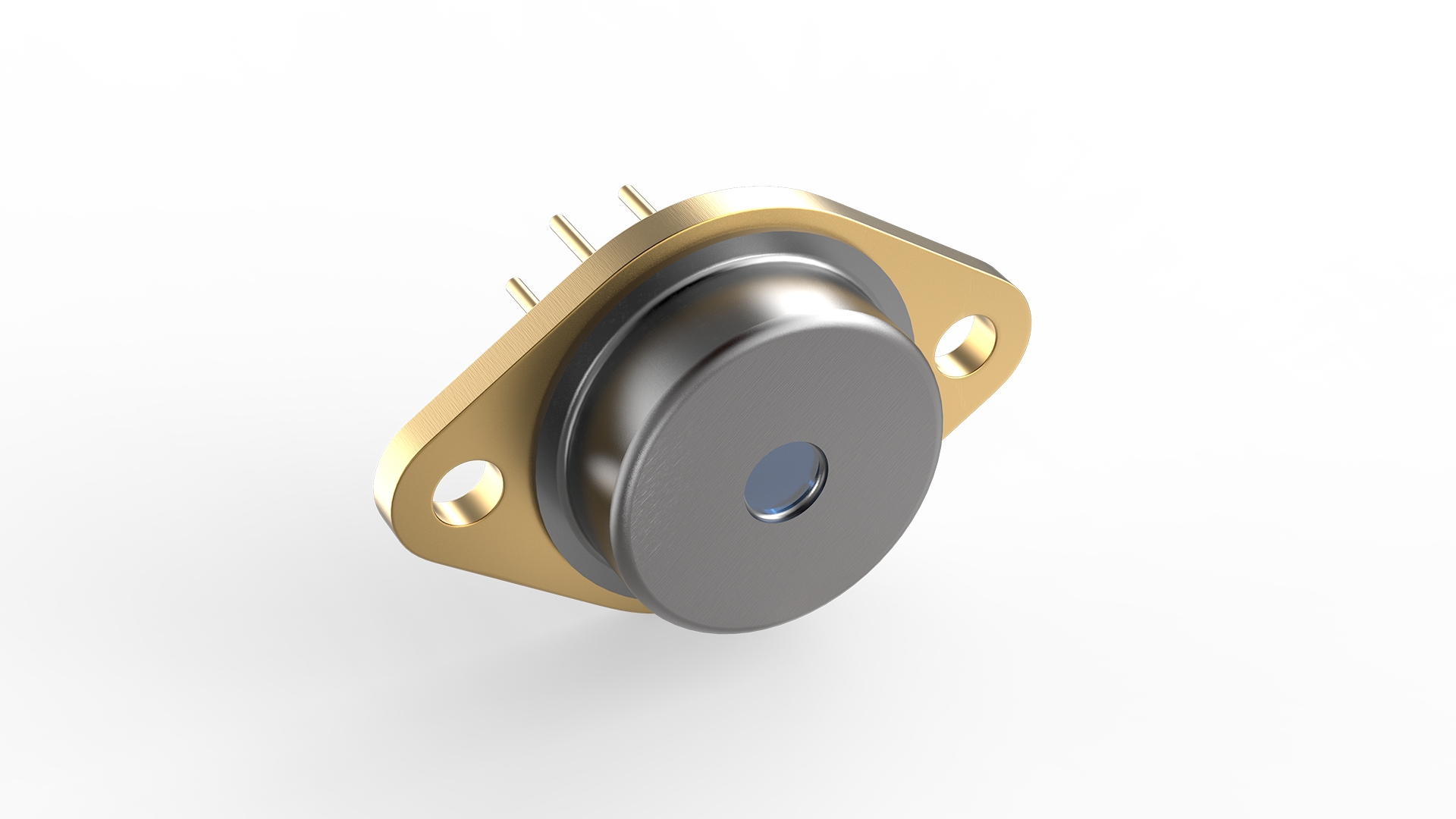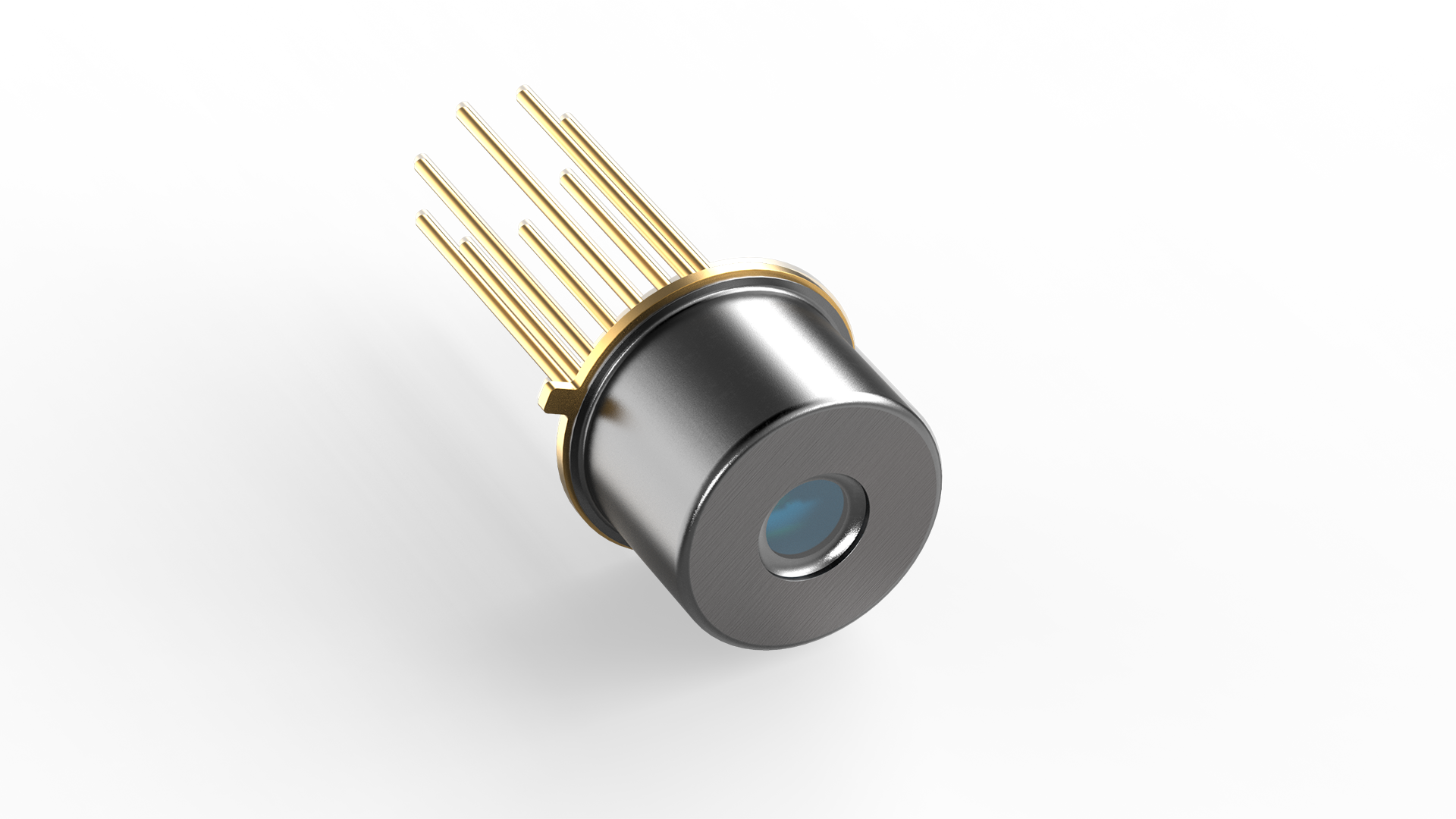Interferometry
Laser Interferometry
Laser interferometry is a highly precise and versatile technique utilized across various scientific and industrial applications, including the measurement of distances, displacements, surface irregularities, and changes in refractive index. The core principle of laser interferometry revolves around the interference of light waves, which occurs when two or more coherent light waves overlap and interact. This interaction, resulting in either constructive or destructive interference, is key to extracting detailed information about the measured quantities.
The Basics of Laser Interferometry
At the heart of laser interferometry is the laser—a highly coherent and monochromatic light source. The coherence of laser light is essential for maintaining phase consistency over long distances, which is crucial for generating accurate interference patterns. A typical laser interferometer setup involves splitting a laser beam into two distinct paths using a beam splitter. One path, known as the reference arm, reflects off a fixed mirror, while the other, called the measurement arm, reflects off a movable mirror or the object under investigation. When these two beams are recombined, an interference pattern is produced. The nature of this pattern—whether it displays bright or dark fringes—depends on the difference in the optical path lengths of the two beams. This path difference can result from changes in the position of the movable mirror or variations in the optical properties of the medium through which the beams travel. By analyzing the interference fringes, laser interferometry allows for precise measurements, often down to a fraction of a wavelength of light.
Laser Velocimetry
An important application of laser interferometry is laser velocimetry, a technique used to measure the velocity of particles or fluids with high precision. Laser velocimetry operates by utilizing the Doppler shift—a change in frequency or wavelength of light that occurs when the source or observer is moving relative to one another. In a laser velocimeter, a laser beam is directed at a moving particle or fluid, and the frequency of the scattered light is measured. The shift in frequency provides information about the velocity of the object. This technique is widely used in fluid dynamics to study airflow over wings, the movement of fluids in pipes, and other situations where understanding velocity is crucial. Laser velocimetry’s non-intrusive nature and ability to measure high-speed flows make it indispensable in both research and industrial applications.
Applications of Laser Interferometry
Laser interferometry finds extensive application due to its unparalleled precision. A notable example is its use in gravitational wave detection, as demonstrated by the Laser Interferometer Gravitational-Wave Observatory (LIGO). At LIGO, laser interferometry is employed to detect incredibly small disturbances in spacetime caused by gravitational waves—ripples generated by cataclysmic cosmic events such as black hole mergers. The interferometers at LIGO are capable of detecting changes in length smaller than one-ten-thousandth the diameter of a proton, showcasing the remarkable sensitivity of laser interferometry. In metrology, laser interferometry is essential for calibrating and measuring distances with extreme accuracy. This technique is widely used in the manufacturing industry to ensure the precision of machined components and in the semiconductor industry to measure wafer thickness. Additionally, laser interferometry plays a crucial role in optical testing, where it assesses the quality of optical surfaces and lenses by measuring surface irregularities and deviations from ideal shapes.
Advances in Laser Interferometry
Advances in laser technology and optical components have significantly enhanced the capabilities of laser interferometry. The development of stabilized lasers with extremely narrow linewidths has improved the accuracy and stability of interferometric measurements. Furthermore, the integration of digital signal processing techniques has enabled more sophisticated analysis of interference patterns, facilitating real-time measurements and the management of complex data. Since the accuracy of laser interferometry depends heavily on the coherence of the light source, the wavelength stability and linewidth of the laser are critical. Our single-frequency lasers are ideal for precise interferometric measurements, offering the stability and narrow linewidths needed for applications ranging from quantum mechanics to astronomy. For less demanding applications, our cost-effective RWS lasers provide reliable solutions for a wide range of industrial and medical uses.
You can use our product finder below to find the right laser diode for your application needs.
Our Products For Interferometry
Operational Mode
Results sorted by Wavelength:
Wavelength: 760 nm
Power: 12 mW
DFB laser diodeDFB laser diode
CW
Wavelength: 760 nm
Power: 40 mW
DFB laser diodeDFB laser diode
CW
Wavelength: 760 nm
Power: 40 mW
DFB laser diodeDFB laser diode
CW
Wavelength: 760 nm
Power: 40 mW
DFB laser diodeDFB laser diode
CW
Wavelength: 780 nm
Power: 80 mW
RWS laser diode
CW
Wavelength: 780 nm
Power: 80 mW
DFB laser diodeDFB laser diode
CW
Do You Prefer Searching the Whole Portfolio?

We shape the future with our unique laser diodes:
With our clients, we go beyond. Together we reach the unreachable.
CONTACT US
We can’t wait to learn more about your specific requirements! Contact us for more information – we’re here to empower your vision!
info@toptica-eagleyard.com



